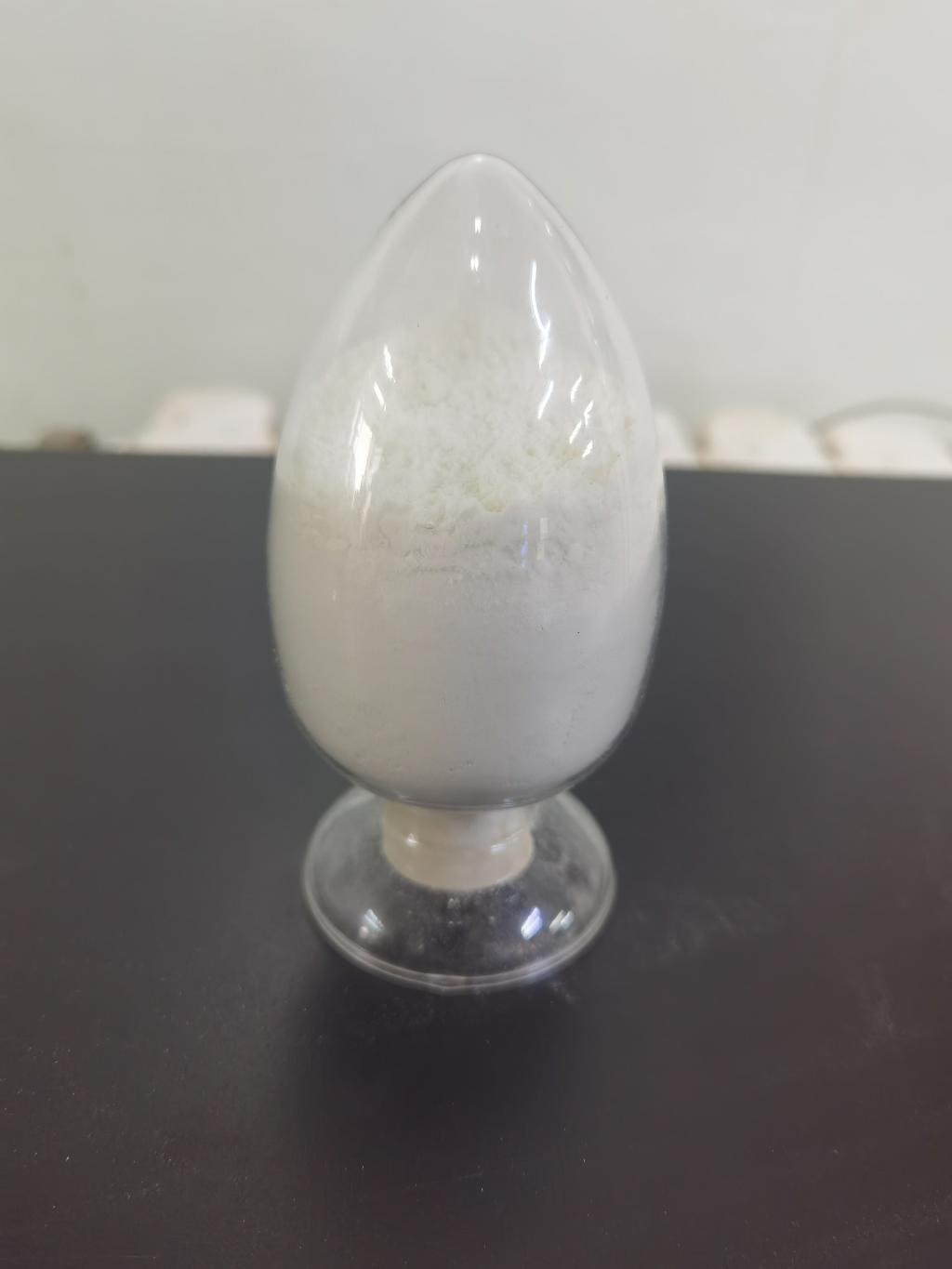Tel:+8618231198596

News
 CONTACT
CONTACT
 CONTACT
CONTACT
- Linkman:Linda Yao
- Tel: +8618231198596
- Email:linda.yao@dcpharma.cn
- Linkman:CHARLES.WANG
- Department:Overseas
- Tel: 0086 0311-85537378 0086 0311-85539701
News
ε-Polylysine Hydrochloride Collaborative Efforts in Ensuring Safer and More Secure Food Systems.
TIME:2023-10-30
Introduction
Food safety is an essential aspect of the global food supply chain, affecting consumers' well-being, economic stability, and public health. Ensuring the safety and security of the food we consume is a complex and multi-faceted challenge that involves various stakeholders, including producers, processors, regulators, and researchers. Collaborative efforts are crucial in addressing food safety concerns and advancing solutions to protect the integrity of the food supply chain.
One such solution is ε-Polylysine hydrochloride, a naturally occurring antimicrobial agent that has garnered attention for its effectiveness in ensuring food safety. This article explores the collaborative initiatives involving ε-Polylysine hydrochloride, the challenges in food safety, its mode of action, and its applications in creating a safer and more secure food system. By examining the role of this natural compound and the partnerships that drive food safety, we can work towards a more resilient and trustworthy global food supply.
The Imperative of Food Safety
2.1. Global Impact
Food safety is a global issue with far-reaching consequences. Unsafe food can lead to foodborne illnesses, economic losses, and a loss of consumer trust. The World Health Organization (WHO) estimates that nearly 600 million people fall ill, and 420,000 die each year due to contaminated food.
2.2. Complex Supply Chains
The complexity of modern food supply chains introduces multiple points of vulnerability, making it challenging to monitor and ensure the safety of food products. The supply chain involves a multitude of stakeholders, including farmers, processors, distributors, and retailers.
2.3. Emerging Challenges
New challenges in food safety continually arise. These include the globalization of the food supply, the use of novel ingredients and technologies, and the potential for bioterrorism and food fraud.
ε-Polylysine Hydrochloride: An Overview
3.1. Production and Origin
ε-Polylysine hydrochloride is a natural antimicrobial agent produced by specific strains of soil bacteria, such as Streptomyces albulus. It is composed of a chain of lysine amino acids linked together, forming a polypeptide. This compound has a long history of safe use in the food industry.
3.2. Mode of Action
The mode of action of ε-Polylysine hydrochloride revolves around its ability to disrupt bacterial cell membranes. It binds to negatively charged components of the cell membrane, leading to membrane permeabilization, leakage of cellular contents, and ultimately, bacterial cell death. This mode of action is highly effective against a wide range of bacteria, making it a valuable tool for food safety.
Collaborative Initiatives in Food Safety
4.1. Industry Partnerships
Food producers, processors, and manufacturers collaborate with researchers and antimicrobial suppliers to ensure that ε-Polylysine hydrochloride is effectively integrated into food safety practices. This partnership involves optimizing dosage, application methods, and quality control measures.
4.2. Regulatory Bodies
Regulatory agencies, such as the U.S. Food and Drug Administration (FDA) and the European Food Safety Authority (EFSA), work with the food industry to establish guidelines and standards for the use of ε-Polylysine hydrochloride in food safety. These regulations ensure that the compound is used safely and effectively.
4.3. Research Collaborations
Scientific research plays a vital role in advancing food safety. Collaboration between academic institutions, research organizations, and industry partners helps refine the understanding of ε-Polylysine hydrochloride's mode of action, safety profile, and applications.
4.4. Consumer Awareness
Consumer education and awareness initiatives are essential for promoting food safety. Collaborative efforts between industry and advocacy groups help convey the importance of safe food handling, preparation, and consumption.
Applications in Ensuring Food Safety
5.1. Pathogen Control
ε-Polylysine hydrochloride is effective in controlling pathogenic bacteria in various food products. Its antimicrobial properties help prevent foodborne illnesses and ensure that products are safe for consumption.
5.2. Shelf Life Extension
By inhibiting microbial growth, ε-Polylysine hydrochloride extends the shelf life of food products. This reduction in food waste contributes to economic sustainability and environmental responsibility.
5.3. Preservation of Freshness
Freshness is a crucial aspect of food safety. ε-Polylysine hydrochloride can help preserve the taste, texture, and aroma of food products, ensuring that consumers receive high-quality products.
Benefits for a Safer Food System
6.1. Enhanced Food Security
Collaborative initiatives involving ε-Polylysine hydrochloride contribute to enhanced food security by reducing the risk of foodborne illnesses, preventing contamination, and extending the shelf life of products.
6.2. Economic Viability
A safer food system supports economic stability by reducing losses from foodborne illness outbreaks, product recalls, and food waste. These savings benefit food producers, retailers, and consumers alike.
6.3. Public Health
The collaboration around ε-Polylysine hydrochloride contributes to better public health outcomes by preventing foodborne illnesses and ensuring that the food supply is safe for consumption.
6.4. Environmental Responsibility
By reducing food waste and the use of chemical preservatives, the integration of ε-Polylysine hydrochloride into food safety initiatives aligns with environmentally responsible practices, contributing to sustainability.
Conclusion
Food safety is a shared responsibility that involves multiple stakeholders, including industry, regulatory bodies, researchers, and consumers. Collaborative efforts are essential in addressing the challenges associated with food safety, and ε-Polylysine hydrochloride has emerged as a valuable tool in this endeavor.
The integration of ε-Polylysine hydrochloride into food safety initiatives demonstrates the power of collaborative approaches in creating a safer and more secure food system. By leveraging the natural antimicrobial properties of ε-Polylysine hydrochloride and working together to ensure its safe and effective use, we can build a resilient and trustworthy global food supply, where consumers can have confidence in the safety and quality of the food they consume.
- Tel:+8618231198596
- Whatsapp:18231198596
- Chat With Skype







